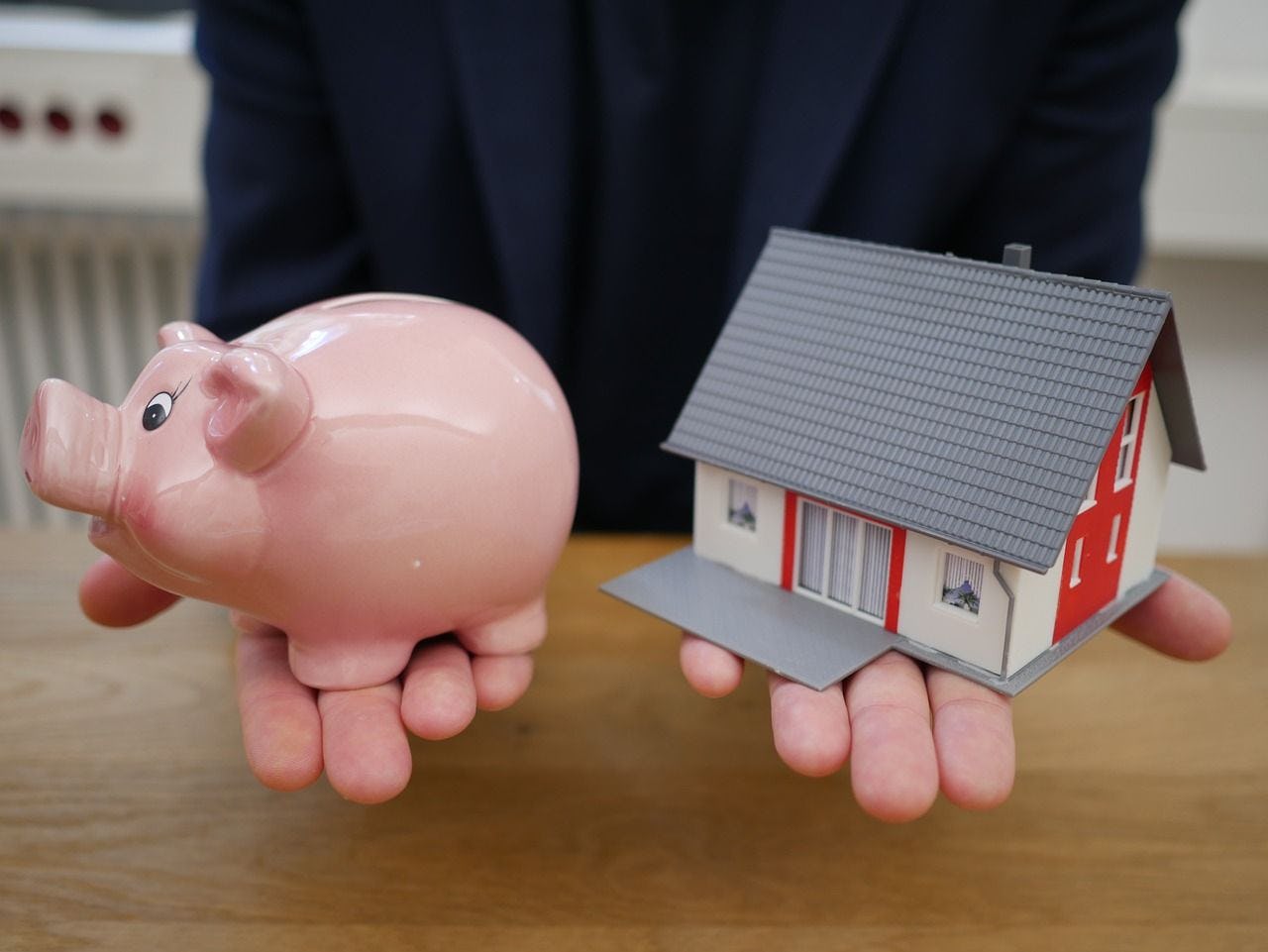Refinancing vs HELOC: Which is the best option for me?
These two loan options are available for different reasons and can help you solve different problems around the house. Understanding these two types of credit can help you decide which one is right for you.
If you're a homeowner who regularly pays your bills and has equity in your home, you're probably aware that you have access to different types of credit. Two options that are available to most homeowners are the home equity line of credit (HELOC) and refinancing the mortgage.
These two loan options are available for different reasons and can help you solve different problems around the house. Understanding these two types of credit can help you decide which one is right for you.
What does it mean to take out a HELOC?
A home equity line of credit is a home loan based on the equity in your house. If you have 20% or more equity in your home, you may be able to take out a HELOC to complete home improvements, additions and upgrades. The best way to use a HELOC is to improve the value of your home and drive up equity.
HELOCs come in different varieties and work in different ways. HELOCs typically have a variable rate and homeowners can take out money as needed up to an amount established by the lender. Sometimes making a withdrawal incurs a fee, sometimes it doesn’t. Unlike traditional bank HELOCs, Figure's HELOC is fully distributed in a lump sum, with the option to take out additional draws over time.
The important thing to remember about a HELOC is that it is secured by the equity in the home. Default on a HELOC brings the risk of foreclosure. Therefore, homeowners who take out a HELOC must be certain that they have the ability to repay the HELOC over time. Homeowners who cannot pay back a HELOC in the designated amount of time could find themselves in a struggle to keep their home.
Tips:
Shop around for the right deal, and timeline, for you. Some banks can take weeks to close on a HELOC.
Contact different lenders to find out their interest rates, payment terms, and other details.
Use the HELOC wisely-- not to go on vacation, but to drive up your home's value and deepen your investment in your property.
What does it mean to refinance?
Refinancing is what happens when a loan is taken out to replace an existing loan. Most of the time, people who decide to refinance are doing so because interest rates have dropped and their existing loan has a much higher interest rate than the interest rate they could get today. Refinances can be broken down into two categories: rate and term refinance, and cash-out refinance.
Rate and term refinances simply pay off the old loan with a new loan, typically lowering monthly payments, reducing the amount of time it will take to pay off the loan, or both. Cash-out refinances use the homeowner's equity to get cash back for home improvements or something else.
When should you refinance?
The best time to refinance is when you're seeing market conditions that could lead to a much better deal for you. Interest rates matter to homeowners, and thus they're often in the news when they're very high and very low. If you know the interest rate you're paying on your current loan, you'll know when it's time to refinance. Maintain a good credit score to qualify for the best rates.
If you want to take advantage of low interest rates and to make home improvements, a cash-out refinance might enable you to do both.
When should you get a HELOC?
A HELOC is a good option when rates are higher than your existing mortgage, or if your primary goal is to complete a home improvement project such as an addition, kitchen remodel, or installation of a new roof. If you are planning a home improvement, get quotes from contractors before getting your loan. Know approximately how much money you will need to borrow to get the work done, then look for the right loan.
Budget carefully to ensure that you'll be able to afford the loan repayment terms. Work with your contractor to ensure that the amount you'll be borrowing, plus any other money you have on hand to spend on the home improvement, will be sufficient to get the job done.
Don't forget closing costs
Closing costs are the administrative fees that you pay to take out a loan. Closing costs vary from one loan type to another and from one lender to another. Before taking out any kind of loan, know how the closing costs will affect loan repayment. If you're trying to decide between a HELOC and a refinance to make a home improvement, compare those closing costs as you make your decision.
Figure's HELOC
Think a HELOC is right for you? At Figure, we offer a fixed-rate1: Navigates to numbered disclaimer home equity line of credit through an online application process. Our application is simple and straightforward, with approval in five minutes and funding in as few as five days2: Navigates to numbered disclaimer. Even the notarization can be completed online in counties that permit recording of e-signatures or do not otherwise require an in-person closing.
You can check your rate in minutes, without any paperwork and without affecting your credit3: Navigates to numbered disclaimer.
